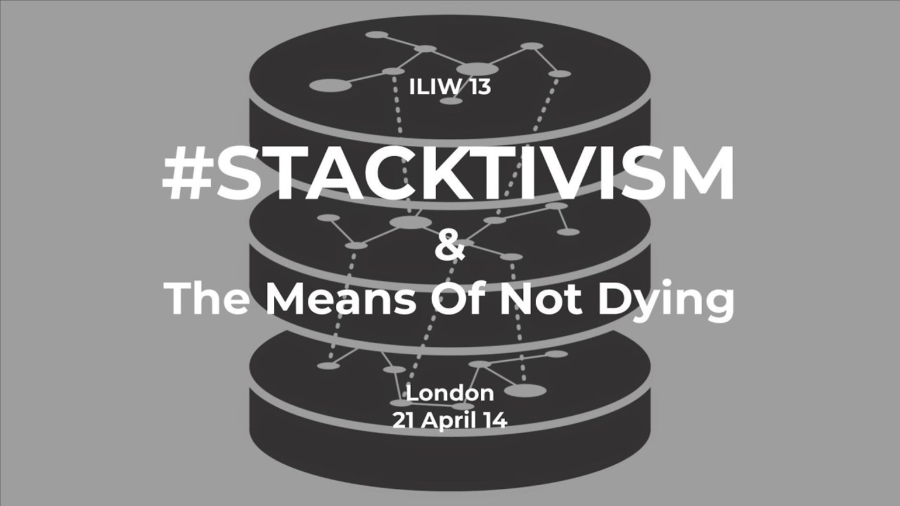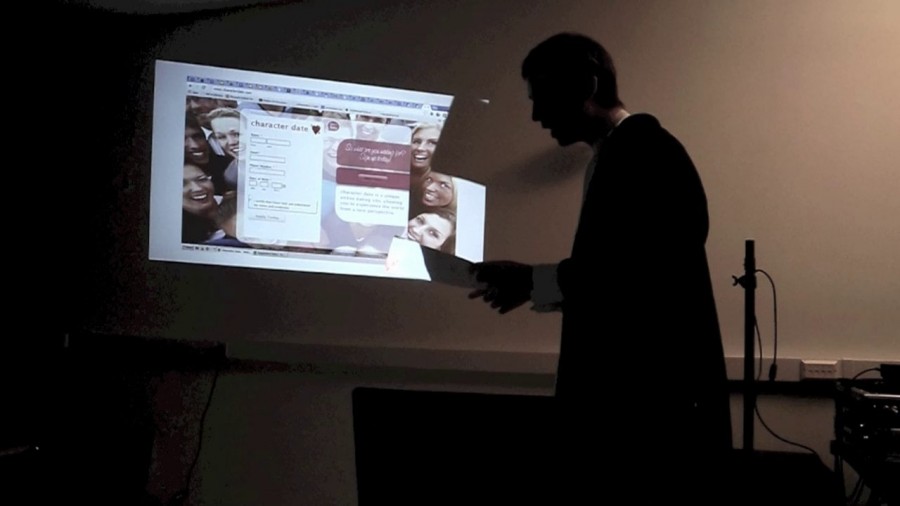History of technology is the history of civilization. The primary concern of all humans throughout history has been not dying. So the way that we have coped to mitigate this risk of not dying is by building infrastructure.
Archive
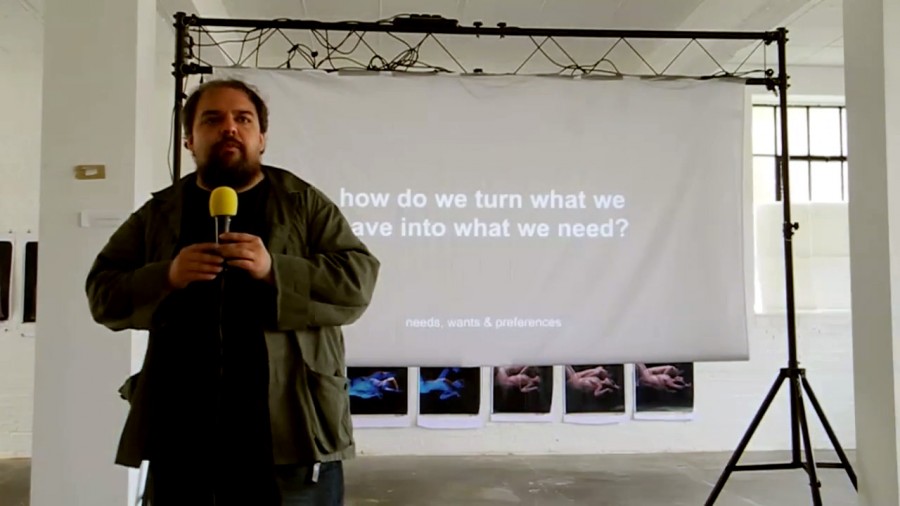
This is a completely new kind of design challenge. There’s no way that you can take the civilization we have and re-scale it for 1–10 kilograms of copper per human per lifetime. You have to think in a completely different way if you’re going to operate inside of this framework where you take the sustainable harvest of the Earth and you divide by nine billion.
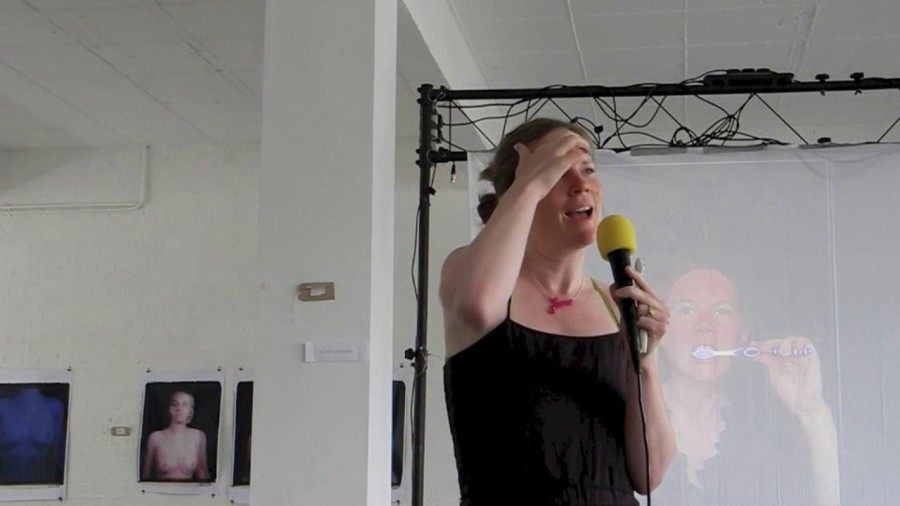
[A]ll these hidden infrastructural and material costs go into the stuff that we just use very very quickly. We just kind of consume them, we don’t think about them, we just want to go on with our lives. When you start actually sort of picking away, looking at it all, you realize how shocking it is.
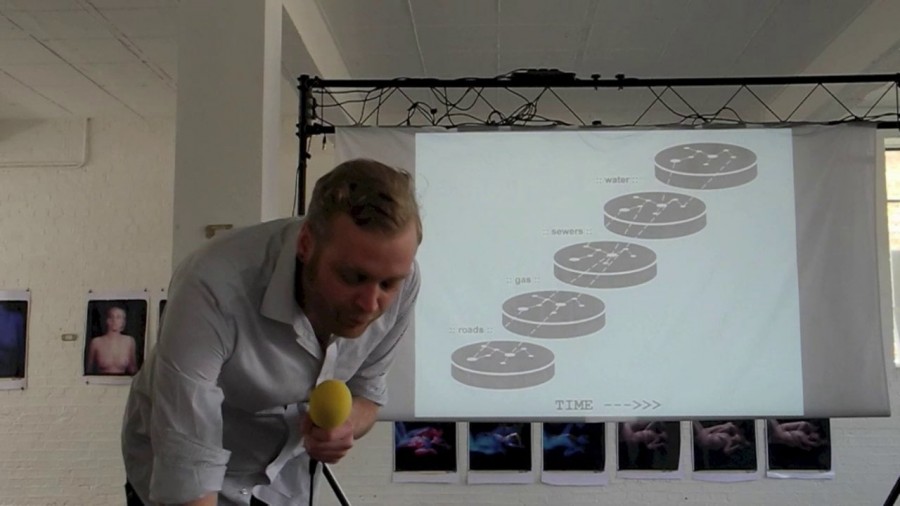
It’s this infrastructure that is unseen, because it is infra-structure, it is under the structure. And when you start thinking about this massive web of technologies that keep you alive, the only interfaces we have on a day-to-day basis are tap, turn, flush. Everything else is hidden and unseen.

